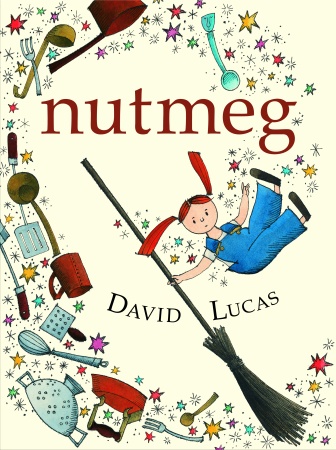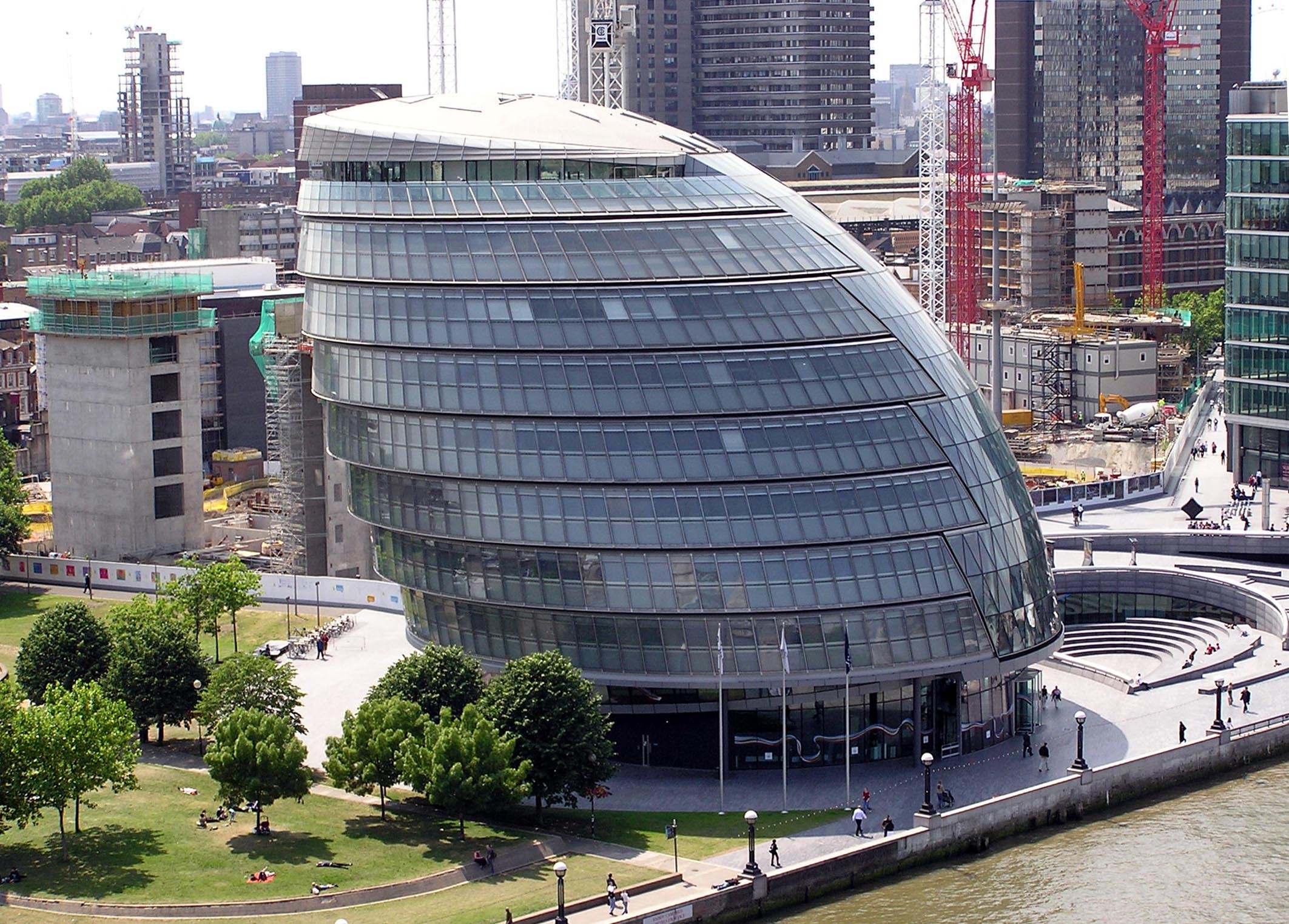There may be dark clouds hanging over the future of the Comprehensive Area Assessment and the national indicator set may be facing a spring-clean, but there appears to be a political consensus that the total place initiative is a good thing.
True, total place hasn’t found favour with John Seddon who describes it as ‘total bollocks’ but from what Caroline Spelman has been saying, it seems increasingly likely that something like total place will continue beyond the general election. So there’s a growing interest in what total place means for us all.
On Monday afternoon I participated in a seminar organised by the New Local Government Network, part of a research project the NLGN is doing exploring what total place has achieved so far and its potential in the future.
The official line is that total place is a new initiative that looks at how a ‘whole area’ approach to public services can lead to better services at less cost. It seeks to identify and avoid overlap and duplication between organisations – delivering a step change in both service improvement and efficiency at the local level, as well as across Whitehall. There are 13 pilot areas participating in the scheme.
Local government practitioners could be forgiven for feeling a bit jaded and seeing total place as just the latest new solve-all initiative – there has been a constant stream of them from BVPIs to NIs, LPSAs and LAAs, CPA and CAA.
(Looking back, it’s often been the same letters in the acronym but in a different order. Perhaps we should have responded to Whitehall as Eric Morecambe did to Andre Previn when told he was playing all the wrong notes – I’m playing all the right notes, not necessarily in the right order.)
I remember that on his first day as the Communities Secretary, David Miliband, travelled to Maidstone to meet the then leader and chief executive of Kent County Council. Kent has maintained an enviable reputation for being at the forefront of most of the new initiatives in local government in recent years and is one of the total place pilot authorities. Its chief executive, Peter Gilroy, spoke at the NLGN seminar about Kent’s experiences to date.
He spoke very enthusiastically about the potential the internet offers to the public sector and the ways in which it can fundamentally shift approaches and behaviours. Total Place must understand, he said, that Web 2.0 is part of the transformational agenda. One example he gave was the spiralling costs of needs assessment, where he said new technology would need to be used to cut costs. Peter suggested that the UK public sector is significantly behind the pace when it comes to making the most of web-based technology and highlighted our low level of ambition on extending broadband capacity compared with other European countries.
The key thing, he suggested, about total place is that it seeks to reconfigure services based on customer profiling rather organisational functions and forms. Perhaps recognising local government’s predilection for structural changes, Peter argued that, ‘restructuring is a killer of innovation.’ Innovation, he said, is about being obsessed with people’s experience of public services and Peter referenced the use that Kent has made of Terry Leahy’s work on customer profiling.
Based on Kent’s experience of being a pilot, Peter highlighted the following issues:
- councils don’t need new powers, we can get on and do things and then wait to see if you get challenged;
- There have to be benefits and incentives for people to share
- Imagination is key
Molly Lewis, Capgemini’s Head of Local Government Consulting, then spoke about the work that Capgemini is doing on total place. She outlined Capgemini’s four routes into total place:
- Customer perceptive – as Peter Gilroy had emphasised, transforming the customers’ experience for a particular market segment. This work starts with the customer and supports joining up at the front line to deliver better outcomes for less cost;
- Partnership Operating Model – creating the governance and operating model for the public sector partnership for the place;
- Counting a different way – financial modelling to support evidence-based investment decisions;
- Cost efficiency – taking money out of the system.
While statistics don’t always tell the whole story, sometimes they can be compelling. Molly outlined work that Capgemini is doing with four pilot authorities on offending and explained that within the UK, 65% of offenders re-offend within two years and 65% of children with parents in prison go on to offend. As with so many of the social problems that we seek to tackle, the cyclical nature, from generation to generation (highlighted in recent reports emphasising a lack of social mobility in the UK compared with other countries) points to the need to find new approaches and interventions.
Amongst a number of factors that need to be in place for successful total place projects, Molly emphasised the need to avoid making assumptions about what customers value and to create community support by engaging directly with them. She also said that being focused on something specific rather than trying to transform everything was key to success.
During the subsequent discussion and workshop session, one of the issues that cropped up a number of times was the effectiveness of local strategic partnerships. It was acknowledged that there are lots of issues that get in the way of partnership delivery. Some colleagues from other authorities questioned the added value from partnerships and how they can become more business-like, less discursive.
While I acknowledge Peter Gilroy’s point about the need for councils to get on with things rather than seek new powers, my personal view is that it is a challenge for ‘partial’ councillors to deliver ‘total’ place. If local councillors were directly accountable for schools, policing and primary health care, then surely that would enormously simplify total place. Rather than forever being locked into the competing agendas and different work practices of local councils and national Whitehall departments, re-invigorated unitary ‘total councils’ would be making the key decisions that shape the local community. The old arguments about local administration instead of local governance could finally be laid to rest.
The Office of Public Management published last year a report entitled, Lessons Learnt from Total Place so far. The report is based upon interviews with the great and the good – the likes of Sir Michael Bichard, Lucy de Groot, Gerry Stocker and two London borough chief executives.
One of the points that the report makes is that over time, processes tend to harden. Good dialogue is replaced by process monitoring. In a telling phrase the report suggests, ‘localities need continuing permission to develop local solutions.’
Most people’s experiences of local strategic partnerships would be that the introduction of the Local Area Agreement has tended to shift focus away from talking about local issues to monitoring delivery against national indicators. But I don’t believe we generally feel we need permission to develop local solutions.
The report comments that underlying mind-sets are based on programme delivery – monitoring progress using our beloved, red, amber and green traffic lights. But how well does this work in tackling difficult social problems, particularly where there are unrealistic timescales?
Linked to this, is it going to be helpful or counter-productive if total place becomes totally synonymous with saving money. Experience to date seems to point to the need to build relationships, spend time really understanding the customer perspective and having the freedom to think laterally. Faced with the need to find cashable savings fast, will those elements of total place which can most contribute to the kind of transformational changes described by Peter Gilroy be pushed aside and lose out to the counting? Will the metrics vanquish the magic?
‘Imagination is everything, it is the preview of life’s coming attractions,’ was the uplifting note upon which Peter Gilroy, quoting Einstein, concluded his presentation. The challenge is, despite the cuts, to keep imagining a better future and to value creativity more than compliance and process.


 There were always targets for breakfast. There were always performance indicators for lunch. There were always inspections for supper.
There were always targets for breakfast. There were always performance indicators for lunch. There were always inspections for supper. 











